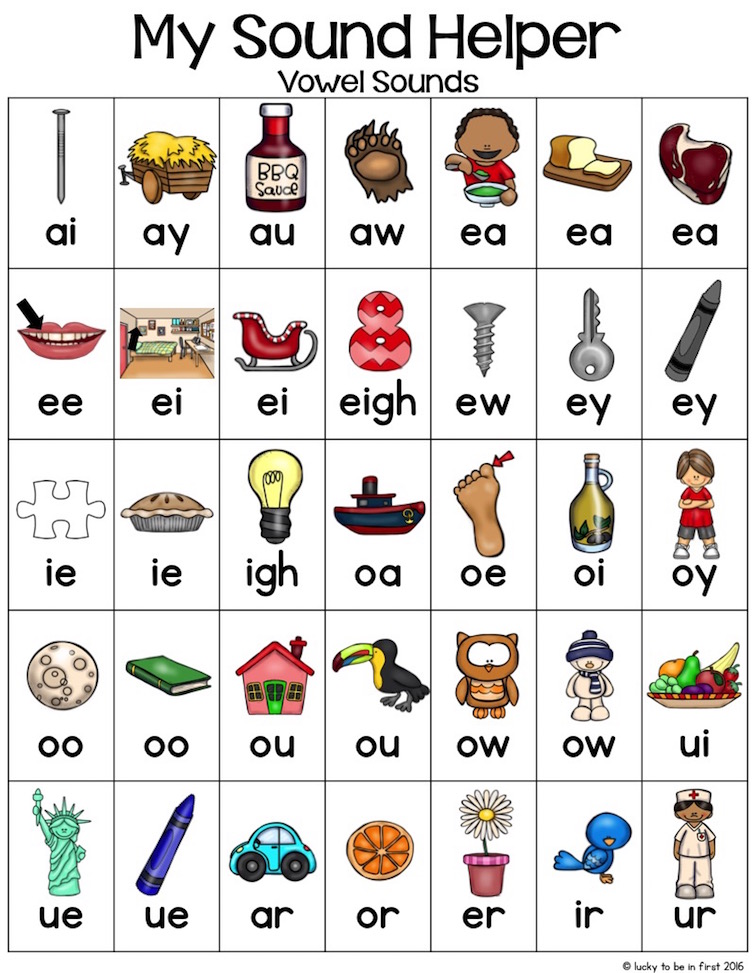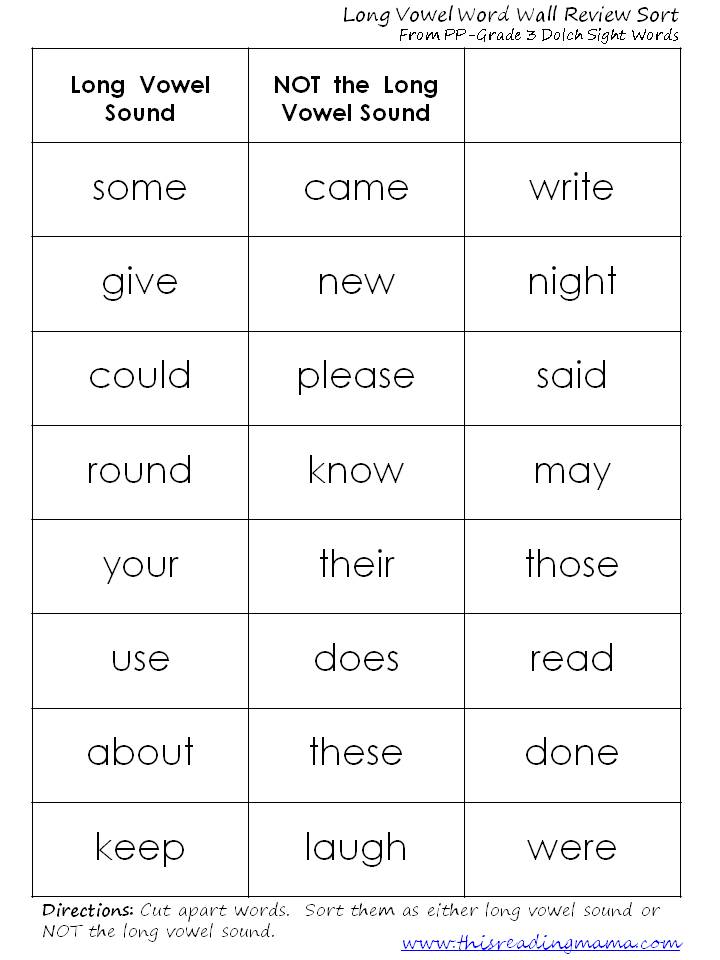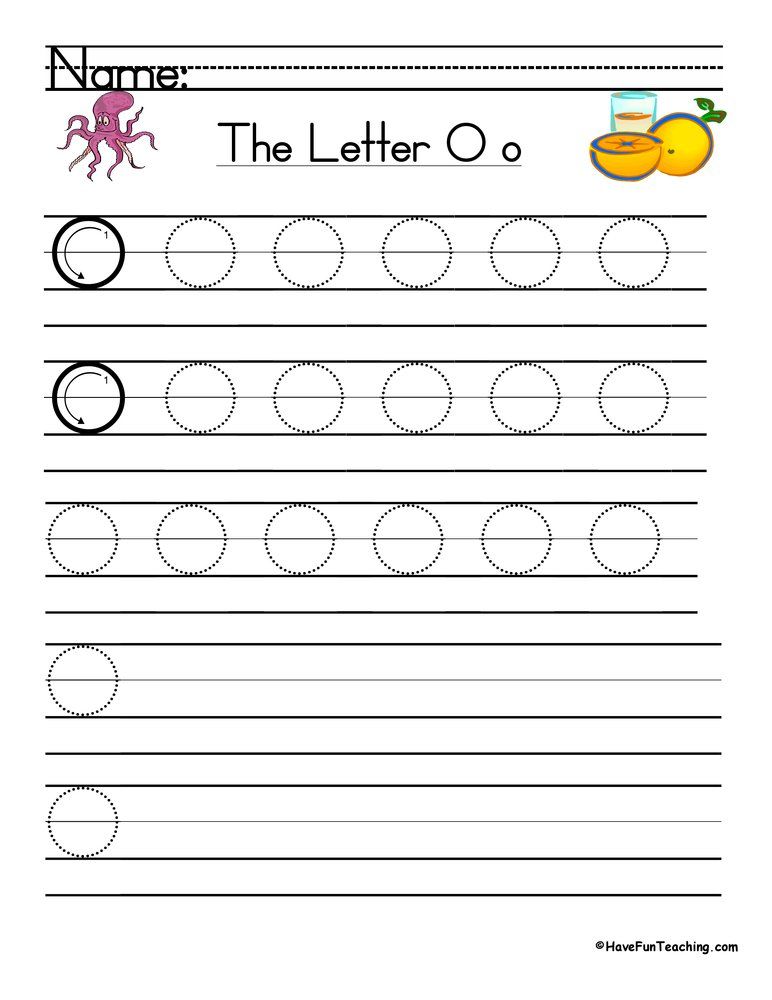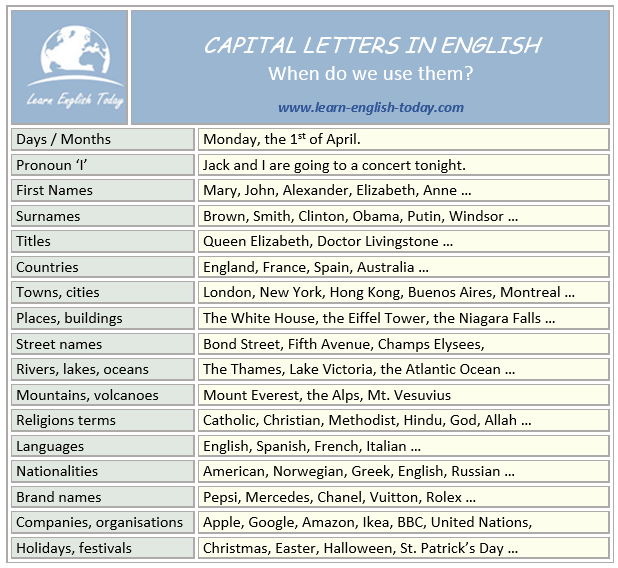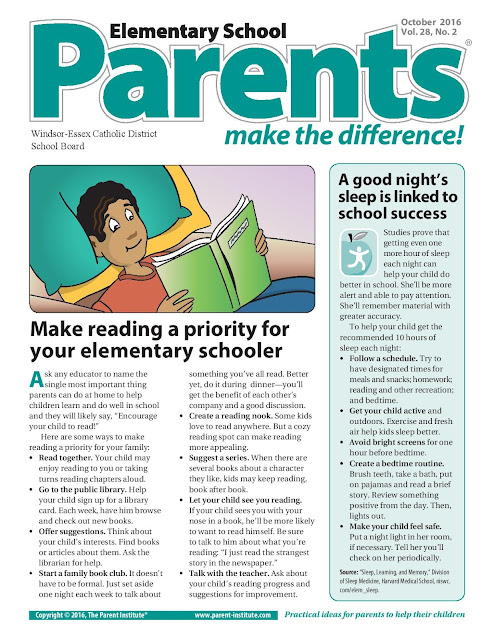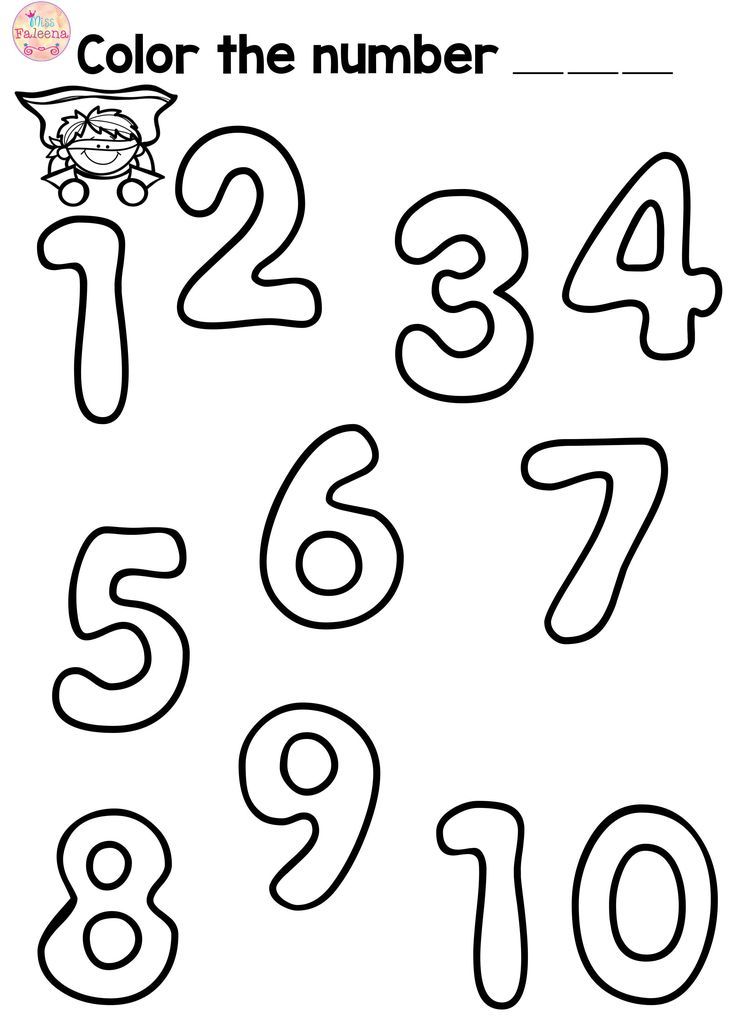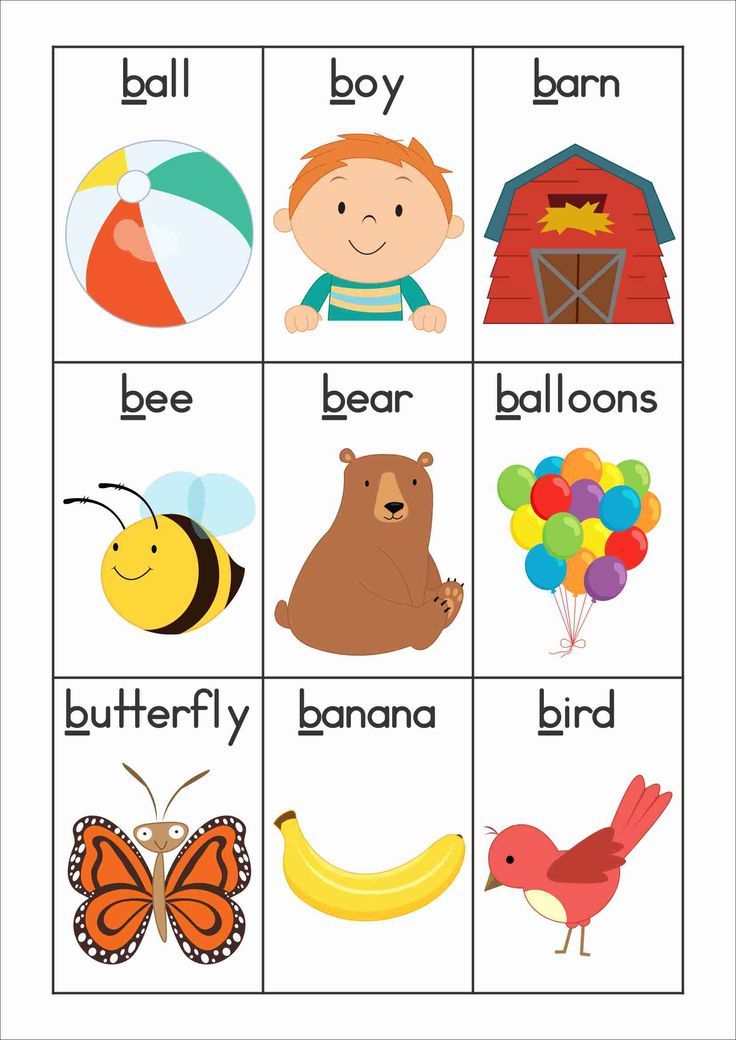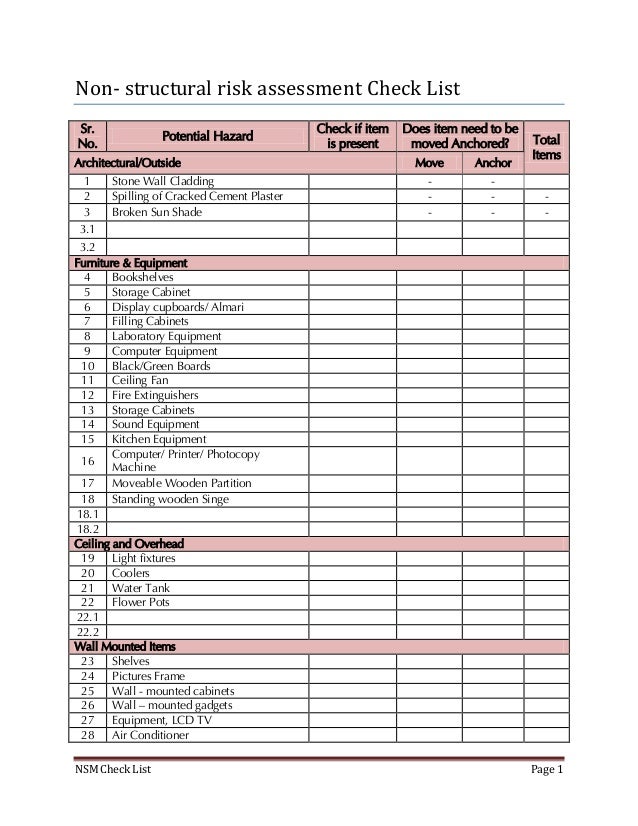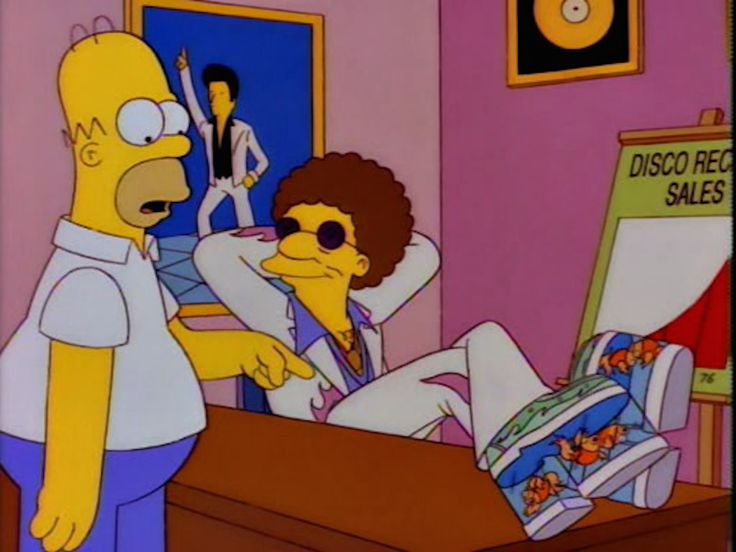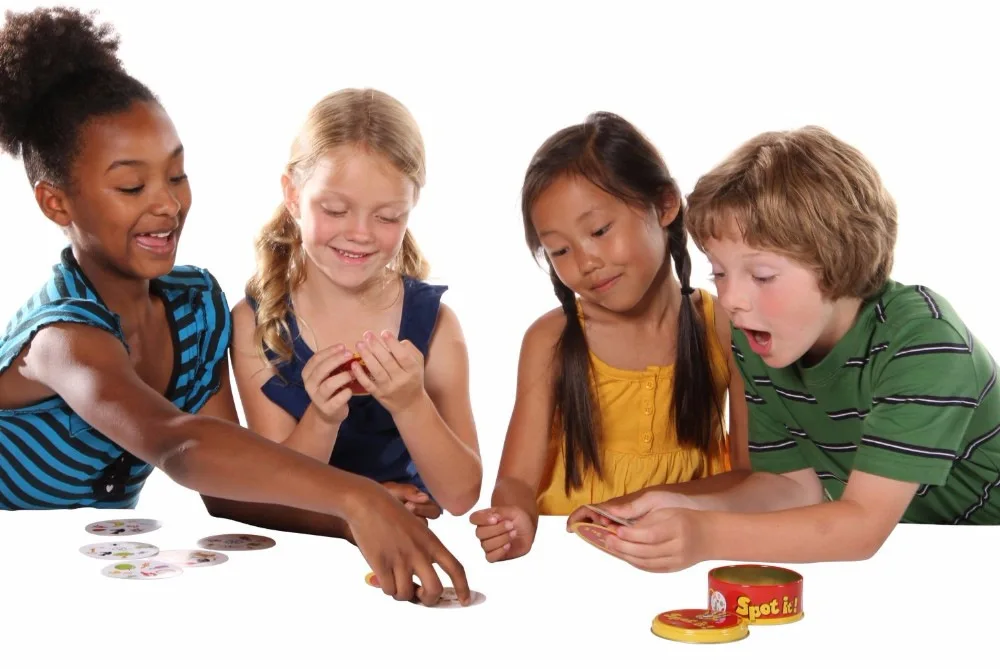Alphabet and sound
Learn Pronunciation with Speak Method
The Sounds of the Alphabet: Learn Pronunciation with Speak Method| English Online with Speak Method |
|
| Online Classes | Pronunciation Facts | R, Th, T and other sounds | 500 Words Practice |
| Local Classes | Business Communication | TOEFL Prep | ESL Stories |
| Contact us | Vowel
Sounds |
Grammar and Idioms | For Young People |
With
this alphabet chart, understand how to say
the names of the letters and read about all the sounds of each letter
from the alphabet. These are the basic phonetic sounds for American English. To learn important sounds using free videos
online, go to Pronunciation in
English: 500 Words.
|
Letter |
Sound of Letter Name |
All sounds of letter |
Examples |
|
A, a |
ā-ee (long a to long e, also spell "ay") |
, ā, ah, ā-uh, uh |
cat, late, all, and, around |
|
B, b |
Bee |
buh |
bike |
|
C, c |
See |
kuh, suh |
cake, city |
|
D, d |
Dee |
duh |
did |
|
E, e |
Ee |
eh, ee, silent |
bed, free, late |
|
F, f |
Ef |
fuh |
fed |
|
G, g |
Jee |
guh, juh |
glad, large |
|
H, h |
ā-ch |
huh, silent |
hotel, what |
|
I, i |
ah-ee |
ah-ee, ĭ |
light, sit |
|
J, j |
Jay |
juh |
jump |
|
K, k |
Kay |
kuh |
kite |
|
L, l |
El |
luh, ul |
lot, full |
|
M, m |
Em |
muh |
mother |
|
N, n |
En |
nuh |
nest |
|
O, o |
ō (oh) |
ah, ō, uh, oo, ů |
hot, slow, computer, fool, good |
|
P, p |
Pee |
puh |
put |
|
Q, q |
Kyoo (kyū) |
kwuh |
quick |
|
R, r |
Ah-r |
ruh, ur |
race, stir |
|
S, s |
Es |
suh, zuh |
stick, is |
|
T, t |
Tee |
tuh, duh, N, silent, stopped tuh |
table, better, mountain, interview, hot |
|
U, u |
Yoo (yū) |
uh, yoo, oo, ů |
up, use, flute, full |
|
V, v |
Vee |
vuh |
very |
|
W, w |
Dubōyoo |
wuh, silent |
well, slow |
|
X, x |
Eks |
ks, zuh |
box, xylophone |
|
Y, y |
Wah-ee |
yuh, ee, ah-ee (i), ĭ |
yes, happy, try, cylinder |
|
Z, z |
Zee |
zuh |
zebra |
|
|
|
|
|
pronunciation English
pronunciation Learn More Sound American: Change Your Speech The 500 Common English Words What is a Vowel? English Free Online |
Speakmethod.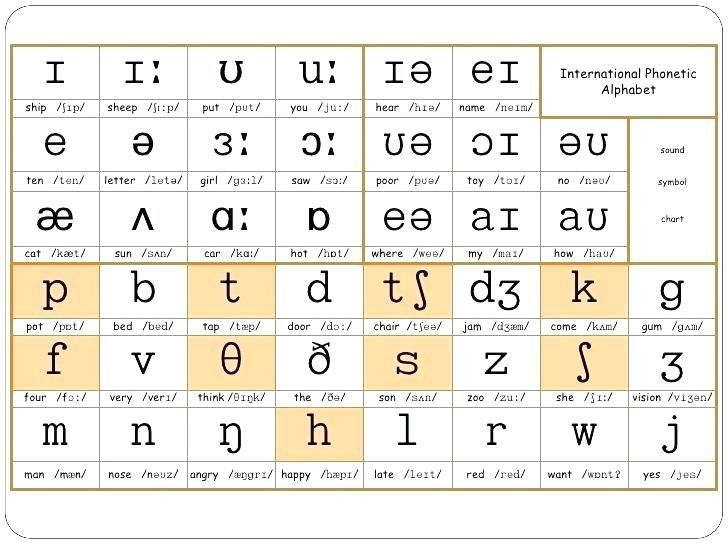 com: English
Pronunciation, Seattle, WA
com: English
Pronunciation, Seattle, WA
English online with Speak Method
Alphabet Letter Sounds - thereadingadvicehub
Instantly download our free printable alphabet letter sound sheets, slide show and individual phonemic awareness worksheets for each letter of the alphabet…
Disclaimer: We support the upkeep of this site with advertisements and affiliate links. We may earn a small commission if you click on the ads or links or make a purchase. There is no additional cost to you if you choose to do this.
Alphabet Letter Sounds and Phonemic Awareness...
Parents are often encouraged to teach their young children the names of the letters in the alphabet, but learning the sounds that letters represent is much more important for developing the phonemic awareness of beginning readers.
Understanding that letters represent the spoken sounds in words is the key idea that underpins phonics – the most effective method of reading instruction.
You might also find it helpful to read our ‘Points to Note‘ section below.
Alphabet Letter Sounds Sheets
We’ve included both a landscape and portrait version of this resource below…
Click on the image to download a free pdf copy.Click on the Image to download a free pdf copy.Our free downloadable alphabet PowerPoint slide show is a good way of adding some variety when you are teaching letter sounds.
Click on one of the images to download the slide show.
If your device doesn’t have Microsoft Office installed, there are various ways you can now view PowerPoint presentations, as discussed in this link.
You can also view PowerPoint presentations using a Google Drive account as discussed in this article and shown in this video.
Alphabet Cards
These free printable alphabet cards can be cut out and used as mini flashcards or for making words for blending and segmenting practice.
We’ve also got some larger, upper and lower case printable flashcards below.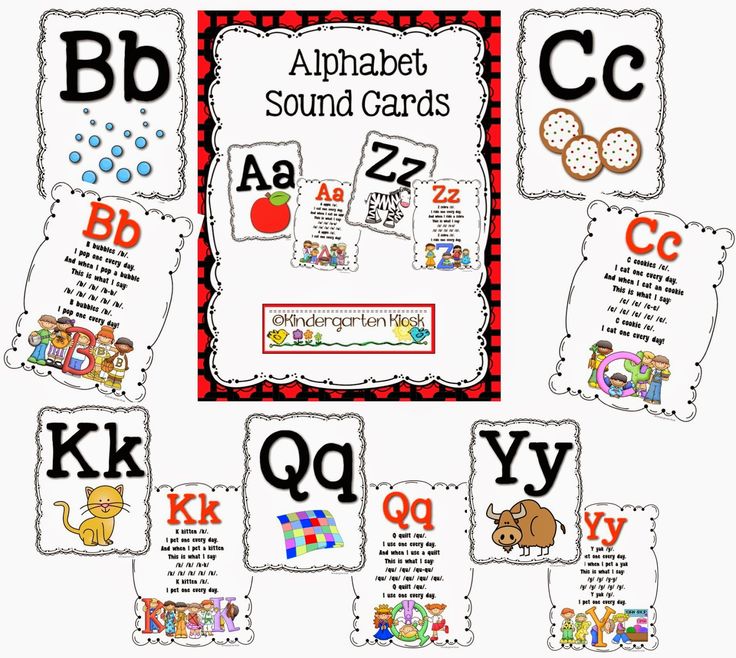
Click on the images to download these resources as pdf documents.
Matching Letters to Sounds
Click on the images to download free pdf copies.
A-Z Letter Sound and Phonemic Awareness Worksheets
Click on the links below to download a free pdf worksheet for each letter of the alphabet.
The Teach Your Monster to Read Site also has a fantastic range of free games that can be printed off for classroom or home use. Click on the following link to access their Tabletop Phonics games.
Points to Note:
Some letters can represent different sounds in different words, and children do need to learn all of the variations eventually. However, providing kids with too many alternatives in the early stages can be overwhelming and confusing for them.
The printables and worksheets on this page focus on the most common sounds that letters represent in words because this is a sensible place to start.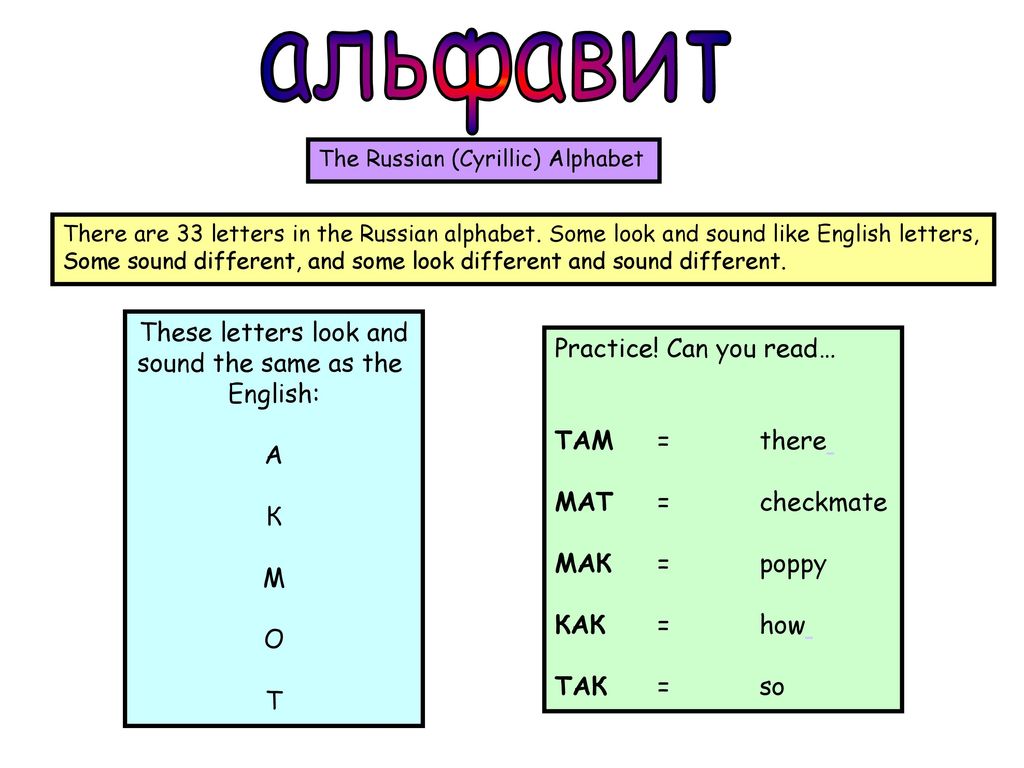
Be wary of resources for beginning readers that use some of the following examples…
- Angel and acorn for letter a. It’s more common for ‘a’ to represent the sound found in apple, ant, cat, lamp and tap.
- Circle and centre (center) for letter c. In these words, the letter c represents the sound normally associated with the letter s. The sound in cab, cap, cub, car and cow is more common for letter c.
- Ear or eagle for letter e. The sound in egg, elephant, ten and pet is more common.
- Giraffe or giant for letter g. Words such as gap, gate, big and goat contain the more common sound represented by the letter g.
- Ice cream or iron for letter i. Words such as insect, igloo, tip, fit and iguana are more appropriate for beginning readers.
- Knife and knee for the letter k. The letter k is silent in these words so they aren’t good examples for beginners. Kick, kit, key, kite and kangaroo are better examples.
- Unicorn and uniform for letter u.
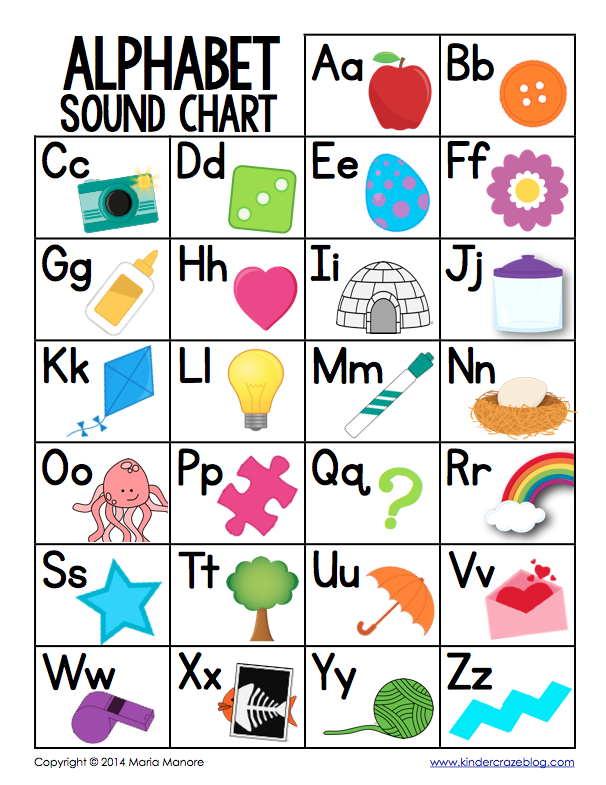 Umbrella, unhappy, up, mud and fun contain the more common sound represented by the letter u.
Umbrella, unhappy, up, mud and fun contain the more common sound represented by the letter u. - Onion, oven, oval, owl and one for the letter o. Words such as on, ox, ostrich, dog and otter contain the more common sound for this letter.
- X-ray or xylophone for x. The common ‘x’ sound isn’t normally heard at the start of words. For example, in xylophone, the ‘x’ actually sounds like a ‘z’, and in x-ray it doesn’t represent the common sound found in words such as fox, box, six and taxi.
- Zebra is fine for most British English accents. However, some USA accents pronounce the Z in zebra as ‘zee’ rather than the more common sound found in zip, zero, zoo, buzz and fizz.
You will notice that we use ‘qu’ instead of ‘q’ in our printable resources. This isn’t a miss-print; it simply recognises that ‘q’ almost always appears in words with a ‘u’ following it. For this reason, many phonics programmes teach the letter combination ‘qu’, rather than ‘q’ on its own, and we think there’s some sense in doing this, although it’s not essential.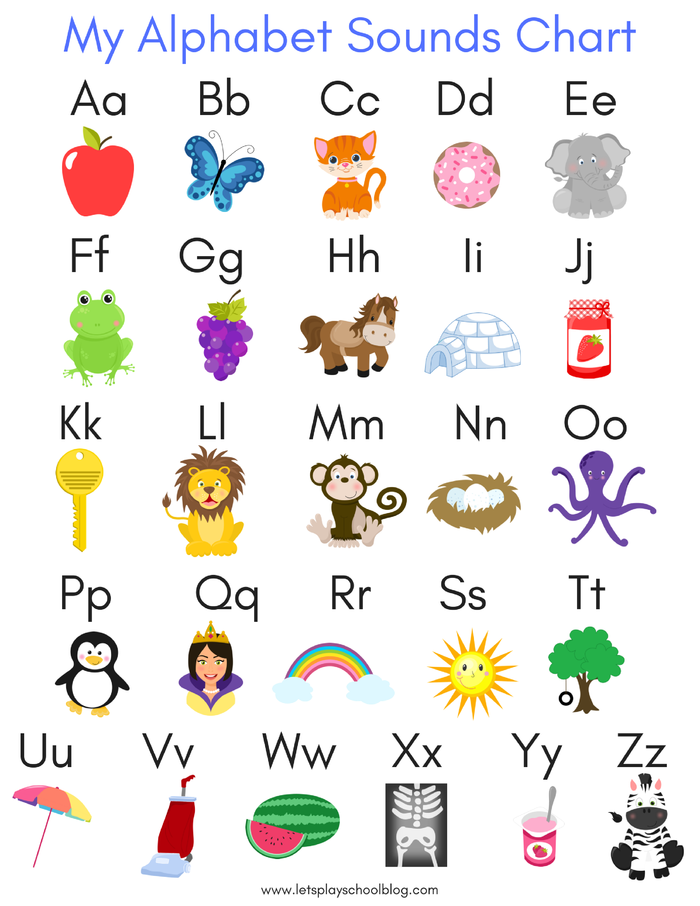
Another way to add some variety to learning letter sounds is to register with some of the specialist reading programmes that offer free trials.
For example:
Parents and teachers can register for a 30-day free trial with Reading Eggs. This allows you to access over 500 highly interactive games and fun animations for developing Phonemic awareness, Phonics, Fluency, Vocabulary and Comprehension.
A 30-day free trial is also available from ABCmouse.com. This is a leading online educational website for children ages 2–8. With more than 9,000 interactive learning activities that teach reading, math, science, art, music, and more.
Although it’s not quite free, you can get a 30-day trial with the award-winning Hooked on Phonics programme for just $1.
IXL Learning cover 8000 skills in 5 subjects including phonics and reading comprehension. You can click on the following link to access a 7-day free trial if you live in the US.
You can click on the following link to access a 7-day free trial if you live in the US.
If you live outside of the US you can get 20% off a month’s subscription if you click on the ad. below:
letters and sounds in Russian (with audio)
4Mar 03/21/2022What letters and sounds are there in Russian? Which letters represent which sounds? What is the difference between soft and hard consonants? When is a consonant hard and when is it soft? Why do we need soft (b) and hard signs (b)?
Want to find answers to all these questions? Then read on!
Below you will find an interactive Russian alphabet with audio. For each letter [in square brackets], the sounds that it can stand for are indicated, as well as examples of words with this letter.
And here, for sure, two questions will immediately appear to you:
№1 Why do some letters have two sounds?
This is a feature of the Russian language.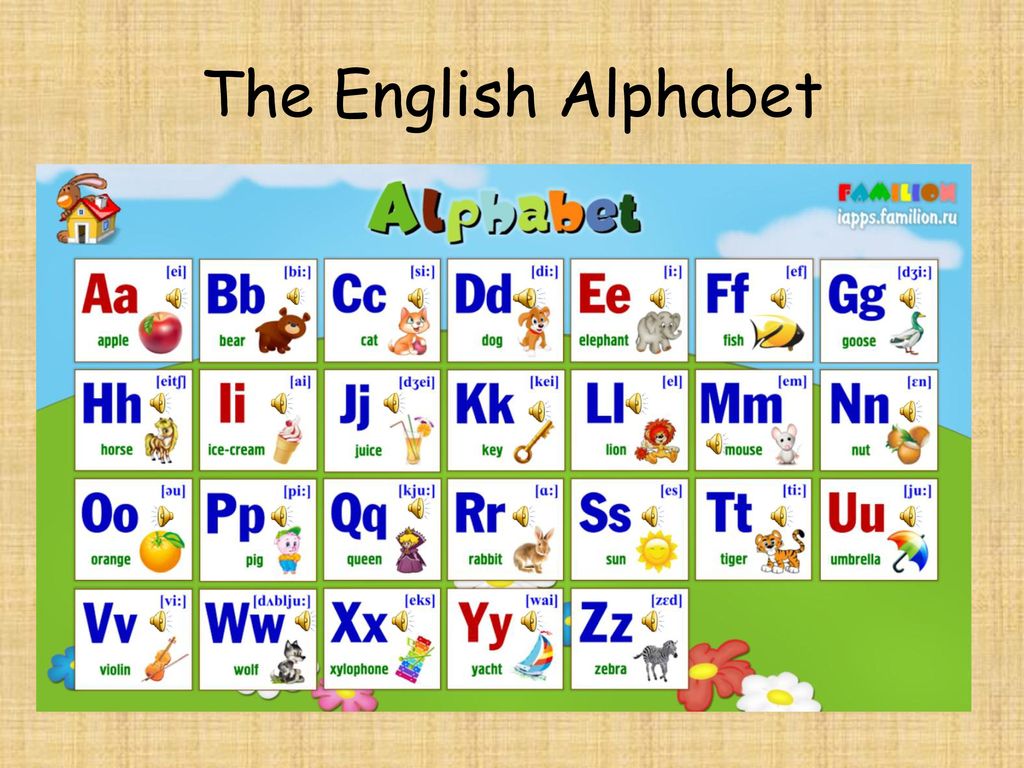 Some letters can represent two different sounds: a hard and a soft consonant. To clearly demonstrate this principle, I specially selected two examples for such letters: one with a hard consonant, and the other with a soft consonant.
Some letters can represent two different sounds: a hard and a soft consonant. To clearly demonstrate this principle, I specially selected two examples for such letters: one with a hard consonant, and the other with a soft consonant.
№2 Why are no sounds shown for 'ь' and 'ъ'?
These are soft and hard marks. By themselves, they do not represent any sounds. They show us how to read the previous consonant: a consonant before a hard sign will be hard, and a consonant before a soft sign will be soft.
Also, sometimes we need to separate a consonant from a vowel, and for this we will write one of these signs between them. This is how we distinguish, for example, the words “seed” [s′ém′ʌ] and “family” [s′im′jʌ́].
Now, when you listen to the audio, pay attention to these pronunciation features.
But how do you know when a consonant is hard and when soft?
Very easy! You need to look at the next letter.
- Before with a firm sign (b) , before other consonants and before the vowels A , O , in , E, Consistent sound - Twiro -firm .
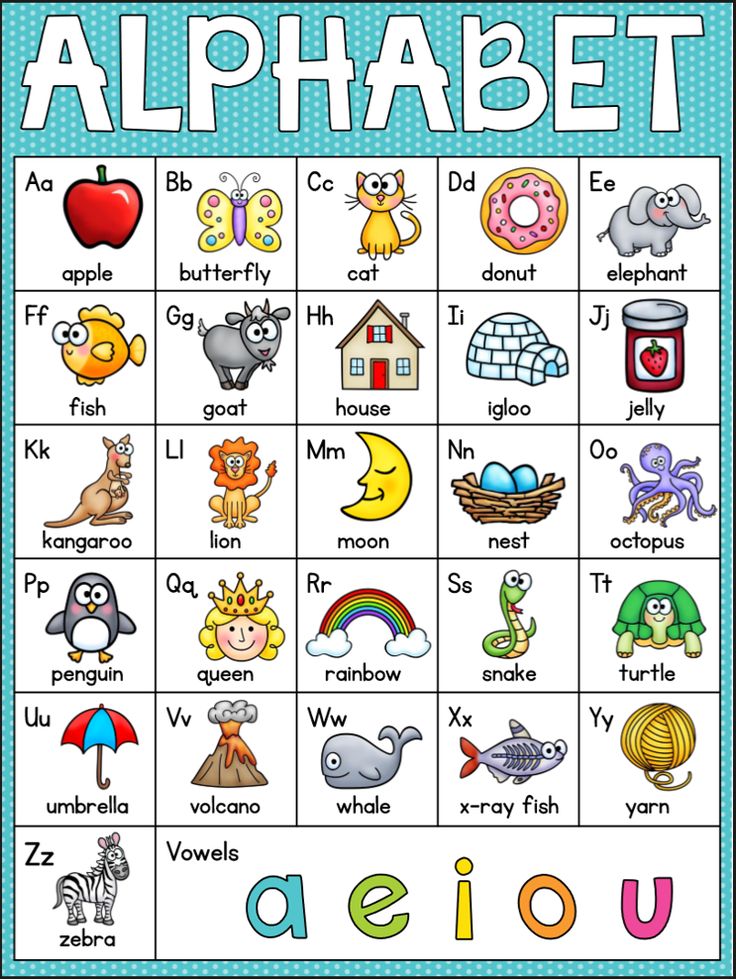
- Before Soft sign (b) and before the vowels I , ё , U E , and Consistent sound -
Now let's see what happens when we add a consonant to them. Take for example the syllable dya :
dya = d+i = d+d+a = d d +a = d′+a
See? This [th]-component makes the consonant soft!
Finally, let's move from theory to practice! Try to read these words. Do you understand them?
Pineapple, vase, banana, guitar, rocket, moon, mom, dad, hello, music, matryoshka, hat, lamp, movie, coffee, tea, lemon, chair, Saturday, dollar, ruble, Italy, America, Spain .
Were you able to read it? Did you understand all the words? (You can test yourself on the audio here).
Online Russian dictionaries: which one to choose? How to practice Russian when there is no one to speak Russian withMore posts
This website uses cookies to improve your experience.
